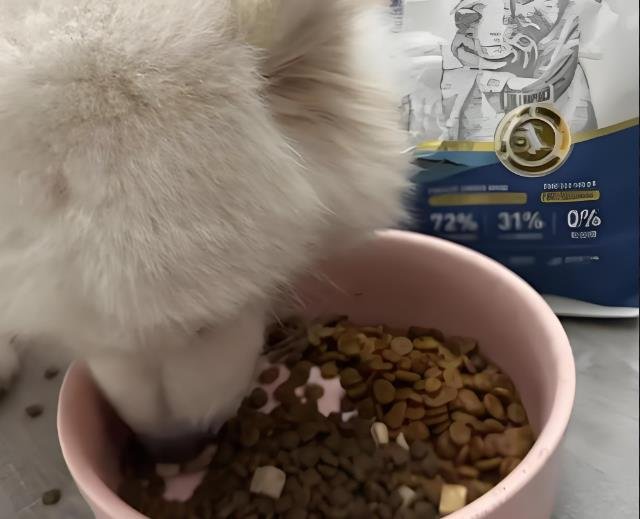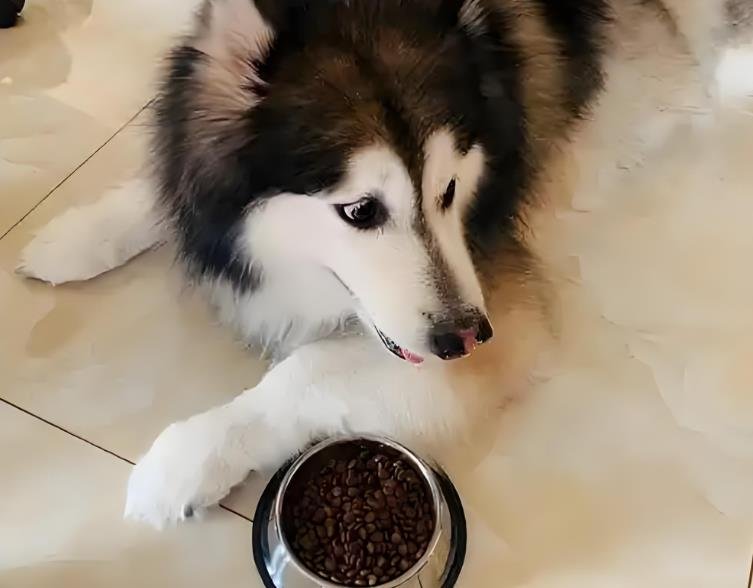Ever wondered why your pup’s tummy rebels after switching to that fancy high-protein kibble? Let’s unpack the messy truth about protein-packed diets and how to keep your dog’s digestion happy. Spoiler: It’s not just about the protein!
The Protein-Diarrhea Connection: Why Some Dogs Struggle
High-protein diets can trigger diarrhea—but it’s rarely the protein itself. Here’s the scoop:
- Sudden Diet Switches: Ever rushed your pup onto a new diet? That sudden swap could upset their gut faster than you’d think! Transitioning too quickly shocks their system, leading to loose stools.
- Protein Overload: Dogs store excess protein as fat or poop it out. But for sensitive pups, too much can ferment in the gut, lowering pH levels and fueling bad bacteria—hello, diarrhea!.
- Wrong Protein Source: Chicken might be your dog’s nemesis, while lamb is their BFF. Allergies or intolerances to specific meats are common culprits.

Pro tip: My neighbor’s Border Collie, Luna, once had explosive diarrhea after her owner swapped her usual kibble for a 40% protein “ultra-athletic” formula. A slower transition + switching to salmon-based food fixed it in days!
5 Red Flags Your Dog’s Protein Diet Isn’t Working
- Poopocalypse: Watery stools or mucus-filled messes? 🚨
- Stinky Gas: If your living room smells like a sulfur factory, their gut’s protesting.
- Scratching + Diarrhea Combo: Could signal food allergies (common triggers: beef, dairy, wheat).
- Lethargy: Too much protein strains kidneys in predisposed dogs.
- Weight Gain: Excess protein = stored fat. Chonky pup alert!
2025 Solutions: Fix the Mess Without Ditching Protein
1. The 10-Day Food Swap Rule
Mix new food with old gradually:
- Days 1–3: 25% new + 75% old
- Days 4–6: 50/50
- Days 7–10: Full switch.
2. Pick “Easy Mode” Proteins
Opt for hydrolyzed proteins (pre-digested for gentle absorption) or novel meats like:
- Kangaroo 🦘 (low allergy risk)
- Duck 🦆
- Rabbit 🐇.
3. Gut Rescue Squad
- Pumpkin puree: Fiber firms up stools.
- Probiotics: Look for strains like Bacillus coagulans (proven to reduce diarrhea in dogs).
- Bone broth: Soothes irritated guts.
4. Vet-Approved Protein Ranges
| Dog Type | Ideal Protein % |
|---|---|
| Average Adult | 18–25% |
| Athletes/Sled Dogs | 25–30% |
| Seniors | 18–22% |
| Source: 2025 AAFCO guidelines. |
5. Skip These Ingredients
- Cheap fillers (corn, soy)
- Artificial preservatives (BHA/BHT)
- Mystery meat meals (“animal digest” = 🚩).
When It’s NOT the Protein: Other Diarrhea Villains
- Stress: Moving houses? Fireworks? Stress hormones wreak havoc on digestion.
- Toxic Snacks: Chocolate, grapes, or garbage buffet raids.
- Worms/Parasites: Giardia loves crashing the gut party.
- Diseases: Kidney issues or pancreatitis need vet ASAP.
Funny story: My cousin’s Beagle once ate a whole rotisserie chicken (bones included!). The aftermath? Let’s just say… explosive. Emergency vet visit saved the day!

FAQs: Quick Answers for Panicked Pawrents
Q: My dog’s poop is super smelly after switching to high-protein food. Normal?
A: Temporarily yes—protein fermentation stinks! But if it persists + diarrhea hits, dial back protein levels.
Q: Are some breeds more prone to protein-induced diarrhea?
A: Absolutely! Boxers, Yorkies, and Dachshunds often have sensitive stomachs.
Q: Can I just cook chicken breast for my dog instead?
A: Short-term fix, long-term risk. Homemade diets often lack balanced nutrients—consult a vet nutritionist first.
Final Word
High-protein diets aren’t evil—they’re just not one-size-fits-all. Watch your dog’s cues, transition slowly, and when in doubt, ring your vet! A quick checkup can save you weeks of guesswork.


